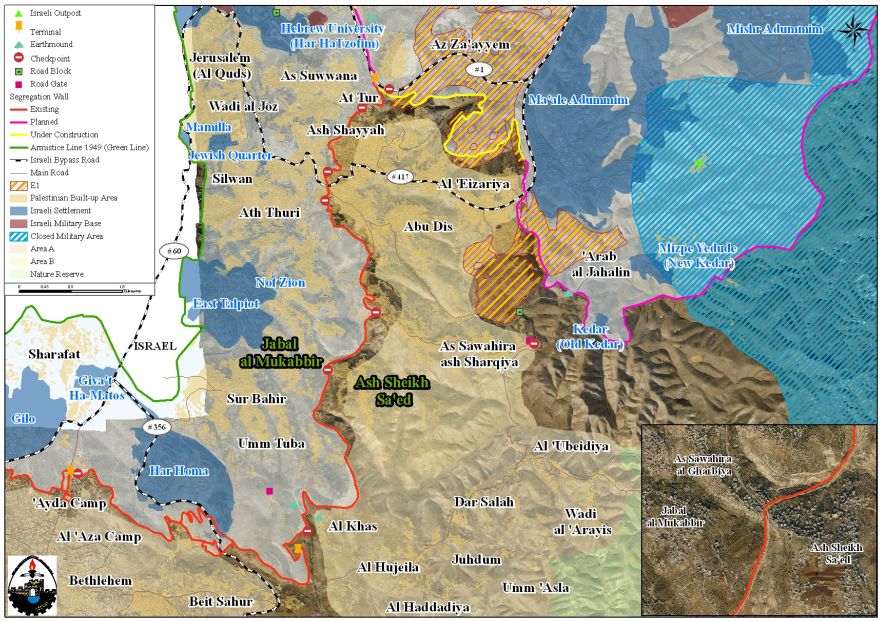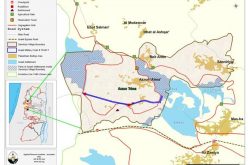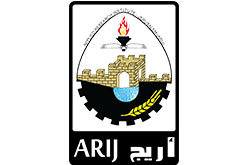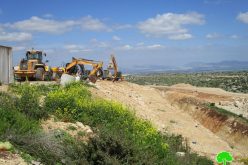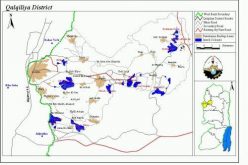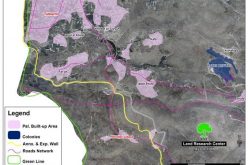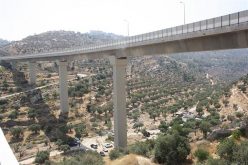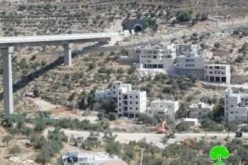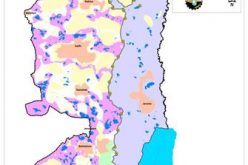The Israeli Supreme Court Ratified the Route of the Israeli Segregation Wall in Al-Sheikh Sa’ed Village South of the City of Jerusalem
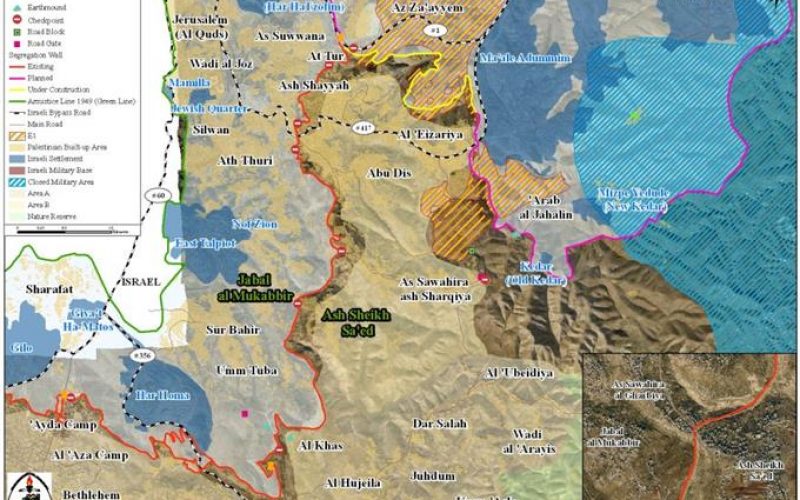
Overview
Al Sheikh Sa’ed is a small Palestinian village located on the southeastern outskirts of Jerusalem city with a total population of 3014 residents (PCBS 2007). Following the 1967 Israeli Military Occupation of the Palestinian Territory, Al Sheikh Sa’ed village was excluded from the Israeli newly-defined boundary of Jerusalem city. Later on and under the Oslo II Interim Agreement of 1995 which was signed between the Palestinian Liberation Organization (PLO) and Israel, the Palestinian Territory was categorized into areas A, B and C, and accordingly mostof Al Sheikh Sa’ed village’s lands were classified as C where Israel has full control over these lands.
Following the eruption of the Second Palestinian Intifada in September 2000, the Israeli Army restricted access of the Palestinian residents to the occupied city of Jerusalem, where they were compelled to obtain a special permit form the so-called “Israeli Civil Administration”. Residents of Al Sheikh Sa’ed had to do so as their only way of access to Jerusalem. More than that, the only road available to the resident of Al Sheikh Sa’ed village to enter or leave their village to reach the adjacent Jerusalemite neighborhood of Jabal Al Mukabbir or the West Bank was cut off with cement blocks, in which it became impossible to enter or leave the village by vehicle but to climb over the blocks in order to find transportation.
Typical Example of Segregation & Apartheid
The suffering of the residents of Al Sheikh Sa’ed village has no limits. On August 2003, the Israeli Defense Ministry approved the construction of the Segregation Wall in the area, in which Al Sheikh Sa’ed village along with the Palestinian towns of Abu Dis, As- Sawahreh Al- Sharqeyya and Al- Izzarieyh, were set outside Jerusalem city municipal boundaries.
On April 2004, the Palestinian local residents of Al Sheikh Sa’ed village had submitted an appeal to the Israeli High Court of Justice against the route of the Segregation Wall which cut their village off and isolate it from East Jerusalem and West Bank as well.
On March 2006, the Israeli High Court of Justice had accepted the appeal submitted by the residents of Al Sheikh Sa’ed holding that:” Historically, Al Sheikh Sa’ed is part of Jabal Al Mukkabir which lies within Jerusalem, and the route of the Wall is disproportionate and infringes the villagers’ rights of life, liberty, and dignity”.
The court ordered the State (represented here by the Israeli Ministry of Defense) to reconsider the Wall route in the area, but the Israeli Army petitioned the Supreme Court against the aforementioned decision claiming that “ the court ignored the security ramifications of any alternative route which would annex the village to Jerusalem”. Consequently, the Israeli court in July 2006 permitted the Israeli Army to install a temporary ‘security fence’ leaving an opening between Al Sheikh Sa’ed and Jerusalem.
On March 15, 2010, and as a result of the intensified pressure exerted by the Israeli government, the Israeli High Court of Justice had issued its final ruling to accept the Israeli Army position and approved the original route of the Segregation Wall between Al Sheikh Sa’ed and Jabal Al Mukabbir. The court stated that: “The fence will significantly affect the reality in which the residents of Al Sheikh Sa’ed neighborhood live, and make it difficult for them to carry out routine and simple actions”. The court added that Israel must build a gate in the Wall to reduce the “grave harm” that the villagers face, and keeping the gate open around the clock for the villagers allowed to enter Jerusalem and by paving the planned road between the village and Al Sawahreh Al Sharqeyya via West Bank. See Map 1
Legal & International Status
The residents of Al Sheikh Sa’ed village are living under a cruel siege resulted by the Israeli colonial procedures which turned their daily lives into a never ending hell, which led to voluntarily deportation from the village; particularly those who are allowed to access Jerusalem as they were compelled to leave their houses in Sheikh Sa’ed village and go to live in Eastern part of Jerusalem to maintain their ID cards.
The Israeli Occupation Army practices in the Occupied Palestinian Territory and especially in the city of Jerusalem clearly violate the Palestinian human rights under international law rules and conventions:
‘Article 12’ of the International Covenant on Civil and Political Rights and ‘Article 13’ of the Universal Declaration of Human Rights, which reads: Everyone lawfully within the territory of a State shall, within that territory, have the right to liberty of movement and freedom to choose his residence.
Moreover, the International Convention on the Suppression and Punishment of the Crime of Apartheid (1973) defines apartheid as: ‘the imposition of various legislative measures on different racial groups while injuring the rights of one. Moreover, the crime of Apartheid comprises a ‘crime against humanity’ and ‘a serious threat to international peace and security’.
Furthermore, the existence of the Israeli Segregation Wall is Illegal and violates the International law rules. On July 9, 2004, the ICJ (International Court of Justice) issued its advisory opinion on the legal consequences of the construction of the Segregation Wall in the OPT which states that:
-
“The Court has reached the conclusion that the construction of the wall by Israel, the occupying power, in the Occupied Palestinian Territory including in and around East Jerusalem and its associated régime, is contrary to international law and has stated the legal consequences that are to be drawn from that illegality”.
-
Also “Israel is under an obligation to make reparation for all damage caused by the construction of the wall in the Occupied Palestinian Territory, including in and around East Jerusalem.”
-
“All States are under an obligation not to recognize the illegal situation resulting from the construction of the wall and not to render aid or assistance in maintaining the situation created by such construction; all States parties to the Fourth Geneva Convention relative to the Protection of Civilian Persons in Time of War of 12 August 1949 have in addition the obligation, while respecting the United Nations Charter and international law, to ensure compliance by Israel with international humanitarian law as embodied in that Convention.”
Prepared by:

Categories:
Separation Plans

